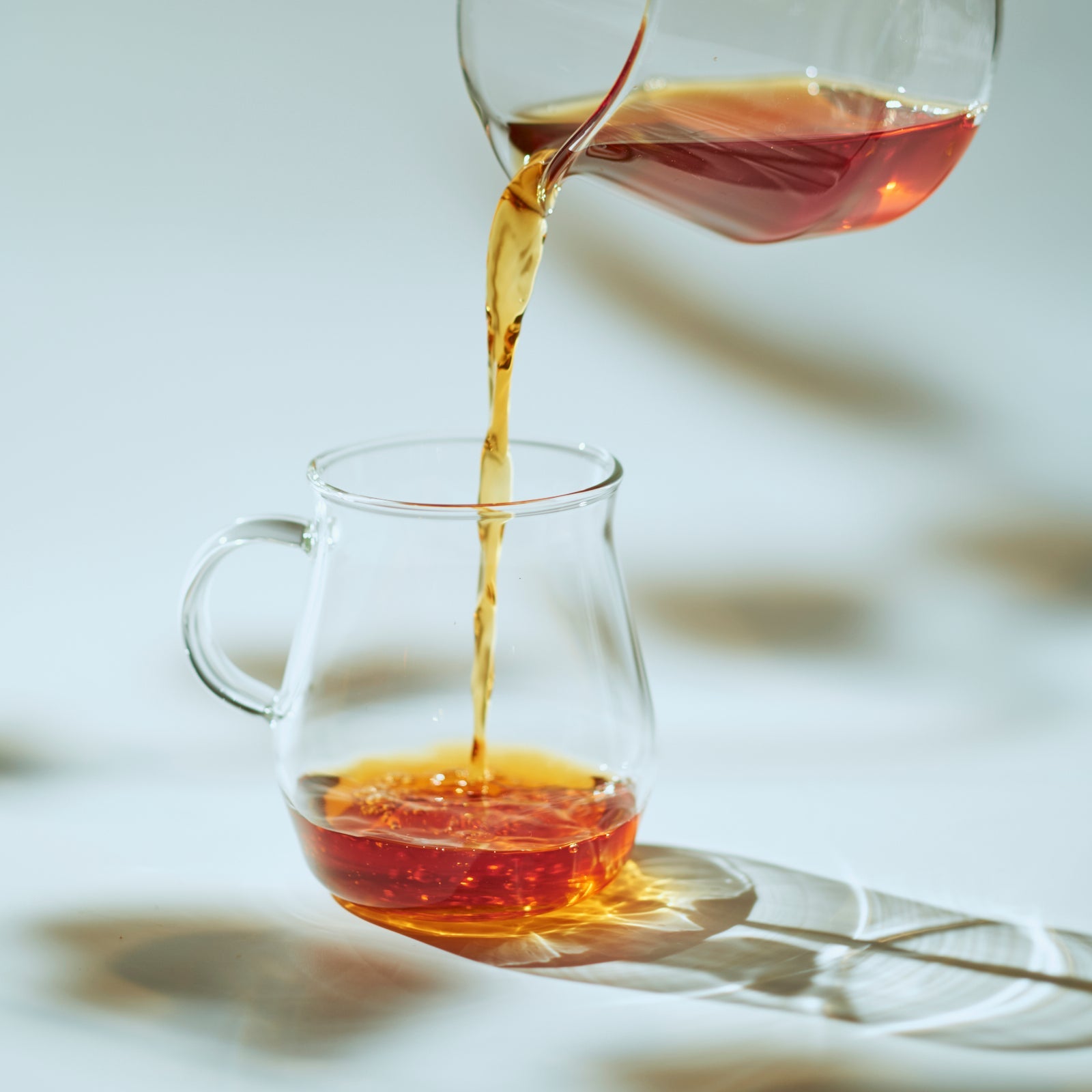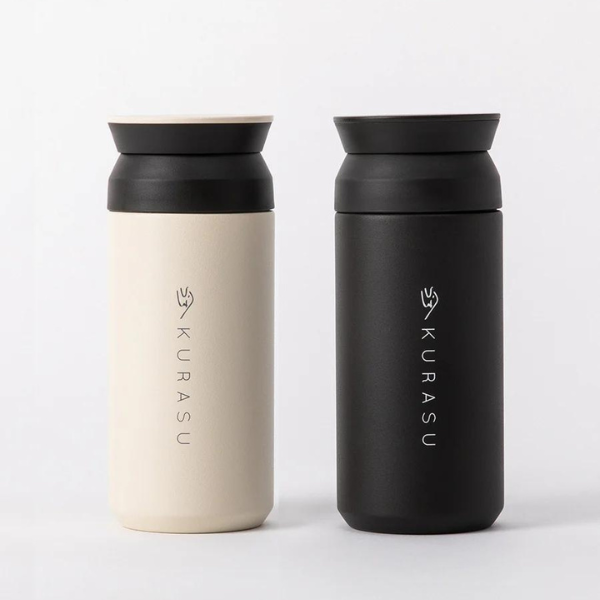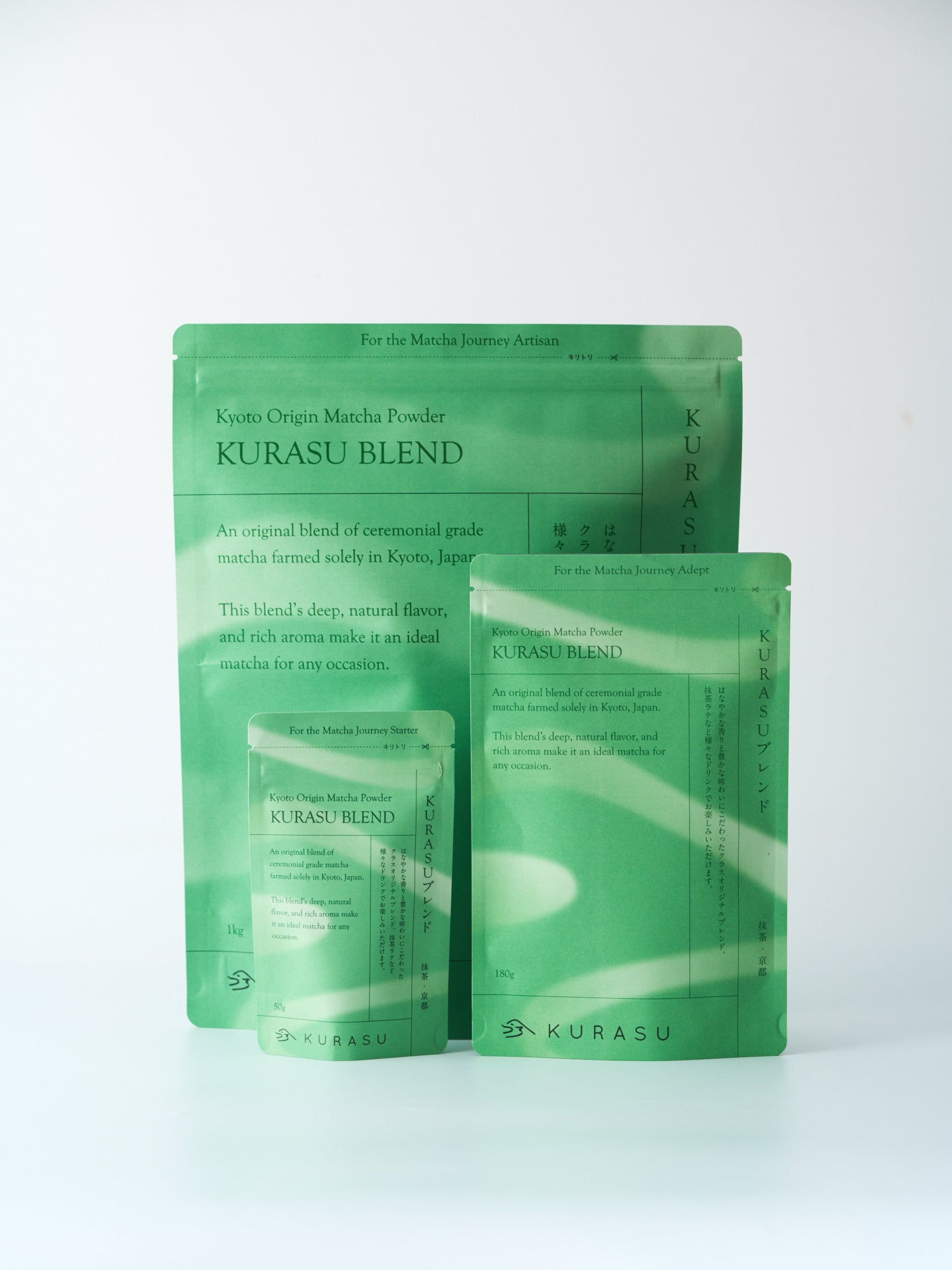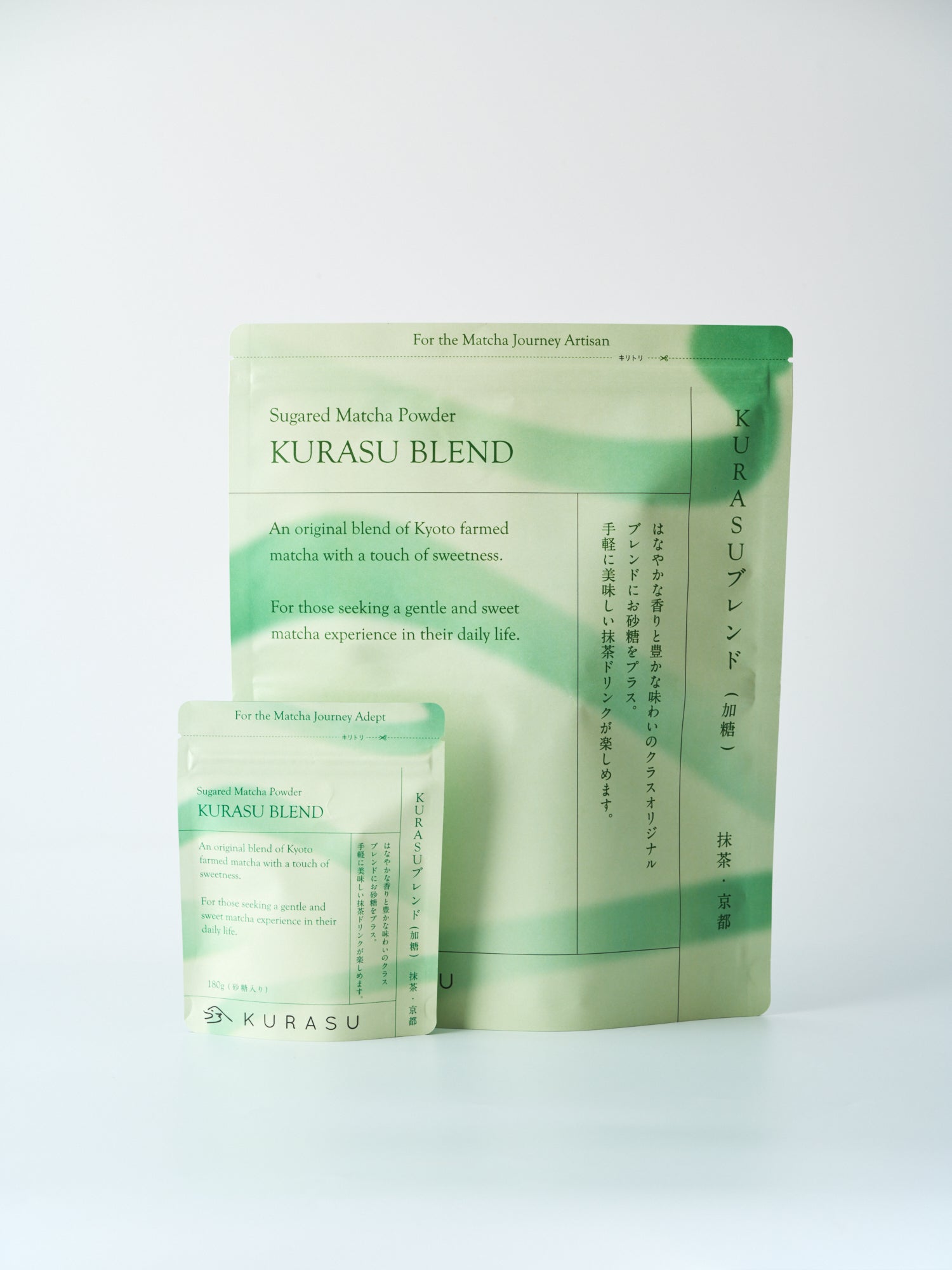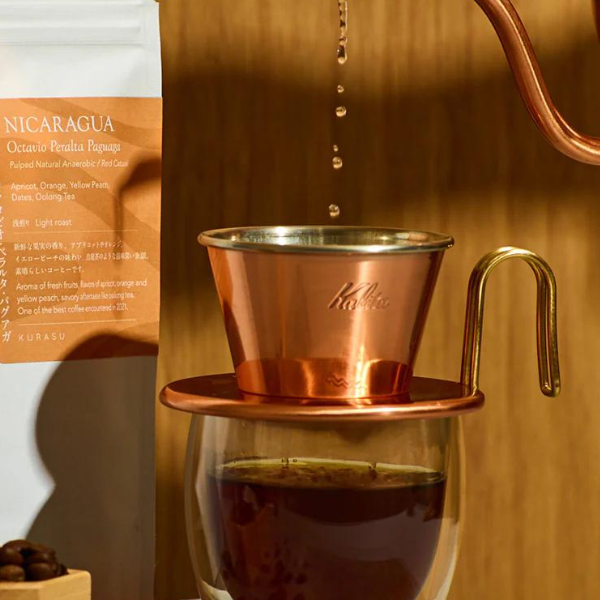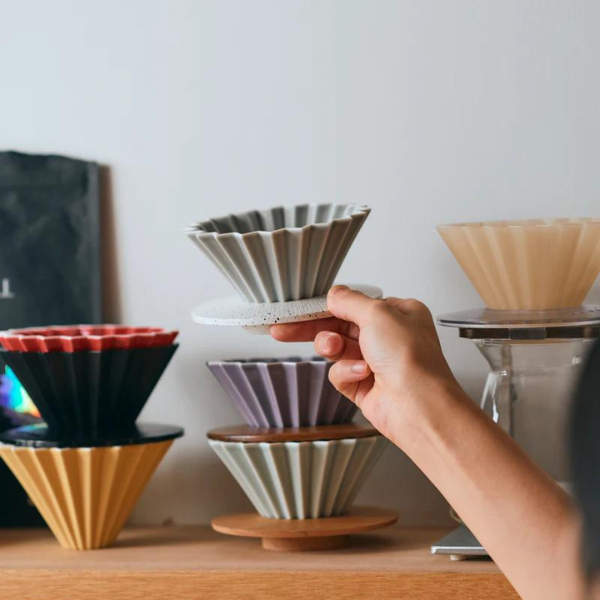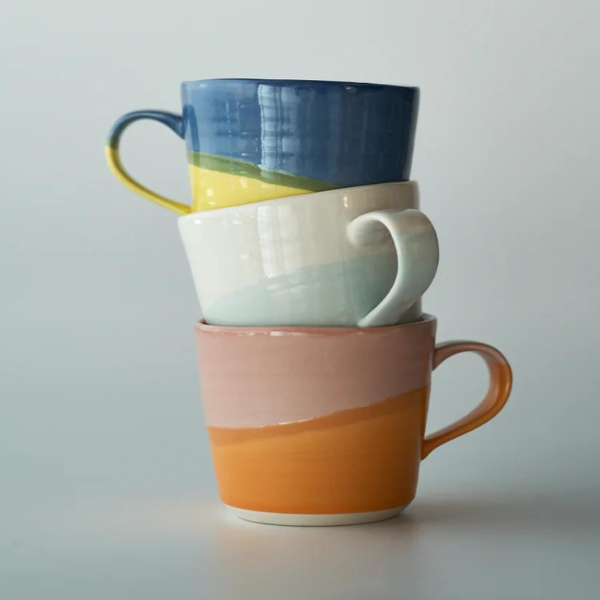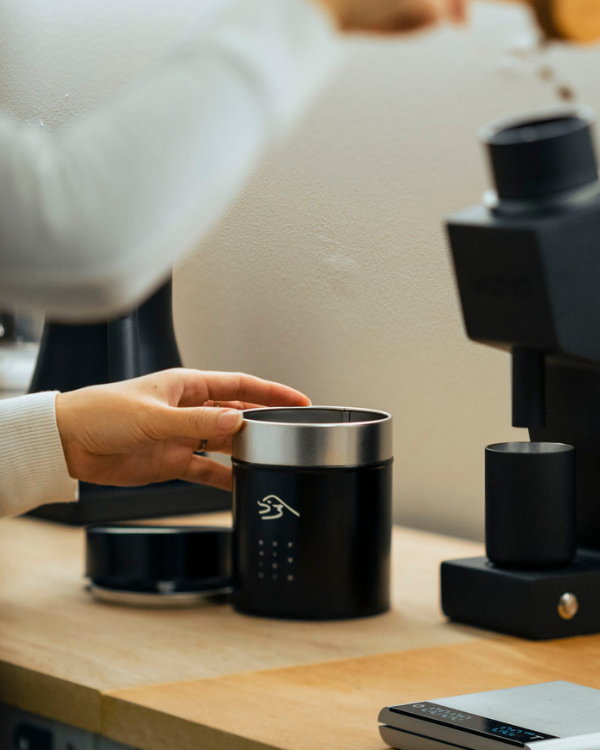To celebrate the collaboration between Kurasu, KYOTOGRAPHIE, andKG+, we launched this [KYOTOGRAPHIE] series to explore new perspectives on how coffee and art cross their paths.
We asked professionals in different industries- a coffee roaster, an artist, and a curator- the same set of questions, revolving around this year’s KYOTOGRAPHIE concept, “HUMANITY,” to bring what creativity can do into focus through different perspectives.
In the Vol.4 and the final piece of the series, we interviewed Yusuke Nakanishi, a co-representative of KYOTOGRAPHIE. Nakanishi san has been traveling around the world, expressing his impressions of light and shadow from his memories. We interviewed him to find out what HUMANITY means to him now, and why he made it this year’s KYOTOGRAPHIE’s theme.
Do you like coffee?
ー Please, have a coffee. Do you drink coffee regularly?
Yes, I love coffee. When I was young I really liked dark roast, but recently I mostly drink light roast.

ー We love light roast coffee too. What changed your preference?
As I got older, I became more interested in enjoying the coffee’s natural characteristics. In that sense, I feel light roast offers more variety.
I have travelled a lot, and I visited many countries where coffee is grown. There, I try their local coffee- they often prepare coffee in a different style to how we do it in Japan, and I find that enjoyable. That alone is a culture.
How do you define “HUMANITY”?

FromKYOTOGRAPHIE Official Website
ー This year, you have chosen “HUMANITY” as the theme for KYOTOGRAPHIE. How do you define HUMANITY?
There are many creatures living on the Earth, and humans are among them. In nature, weaker beings cannot survive, but human society can save weaker members. Even if there are those who are weak, humans can lift them, or stand with them and help. I think that is the difference between humans and non-human beings.
Another thing that makes humans unique is that we can have objective perspectives as well as subjective perspectives. Probably, only humans can grasp what’s going on with the Earth, with nature, and what’s going to happen in the future. That’s why it’s a humans’ job.
However, right now, humans are not helping the weak- it’s quite the opposite, and humans are conquering weaker countries, and think only of their own benefit even though the environmental crisis is at such a critical point. We have still been doing things far from what we can call a HUMANITY, and cannot join forces to make a difference.

To start making changes as much as possible, we set up an art festival as a medium to convey messages to many people, and to listen to people and to have conversations.
ー What is the meaning of expressing “humanness” via media, photography?
With technology rapidly evolving, there are cameras everywhere, which can take high-resolution photos automatically. Anyone can take a photo without having special skills. Furthermore, you don’t need someone to press a shutter release button to take a photo or have your photo taken- it can be done automatically. In a time like this, I always think of how a photography festival should be.
Having said that, photos taken automatically by machines tend to be a continuous shot of images that have a certain uniformity. But when a human is behind the lens, it is not possible not to have any influence from that person’s senses and personalities. That’s what makes it interesting. Let’s say some people agreed to take photos of the same city, but what they take their photos of are different depending on how they see things. Each human sees things differently, and that’s where the charm is.
That’s why at KYOTOGRAPHIE we value “what the person sees and wants to tell” rather than if that photo is pretty or involves great skills. That’s what only the person who took that photo can understand, and there’s no point in mimicking one another. So we pick such photos for our exhibitions.

ー It sounds like the act of taking a photo itself is already quite close to the concept of HUMANITY, but why was the purpose behind you choosing HUMANITY in particular for this year’s exhibition?
That’s right. Photography has that human element in its nature. With that being said, we chose HUMANITY this year because of what’s recently happening around the world.
We definitely had moments when the world was heading towards harmony altogether, under the ideas of diversity and SDGs, to make the society sustainable so that every living thing, not just humans, can thrive on this earth. But the whole world is now heading in a completely opposite direction. Diversity has little meaning, and strong countries are gaining powers to control the planet.

In Eastern cultures it is a shared view that humans are a part of nature, and are not in position to control everything in the world. But we have passed the point of talking about East and West, or right or left. The whole world needs to have conversations over and over to have new, shared values to imagine the future together.
Only my country matters, my company matters, only myself matters- if we continue on with such mindsets, the Earth will break apart, and humanity will be lost. We need to act now. Especially since last year, looking at what’s happening around the world, the sense of urgency grew in me. Everyone must be feeling anxious, but worrying about things alone will not bring a change. It’s important that each of us make actions.
What defines human beings?
ー With the growing presence of generative AI, there are more opportunities for us to contemplate what the boundary is between humans and non-human beings. What’s your view on that?
I may be a little old school to think this way, but I believe that no matter how technology advances and how its creation becomes close to those of humans, it will never be the same as what humans create.
Senses and emotions are difficult to create with technology. I also think that “incalculable” things like random ideas and capriciousness make fun things. That’s what I want to focus on. I will leave AI and technologies to other people. I’d like to stay close to the human senses we must keep on valuing regardless of the advances of technology.

How do you express the intangible?
ー We often think photos are something that captures visible objects, but they also reveal something we cannot see. Within the context of coffee, we try to express things we cannot see, such as aromas and flavors. How do you treat the “intangible” and how do you convey that in your work?
There are photographers who can capture those “intangible” things in their photos. One of the elements of KYOTOGRAPHIE is to curate and feature such artists.
When you look at a photo and feel moved, greatly inspired, or left deep in thoughts, you are not looking at what’s printed as they are, but you are looking at its background, context, and something that’s there but not really there. We choose photographers who can do that.
ー How about your view as a lighting director?
I’d say that there are three times when lighting is involved in the process of taking a photo and exhibiting it. First of all, you can’t take photos without light. It can be a natural light, or an artificial light. You have to decide how to use a light to photograph what you want to photograph.
Then, there is a printing stage. Here, too, you need to control the light to show what you want to show in the photo. Back in the days of film photography it was developing, and these days you make the adjustments on your computer, but either way, once again you need to deal with lighting.
And then, one final time, you need to add lighting to exhibit what you have printed. The lighting at this stage of the exhibition is often overlooked, but this stage too can affect the impression quite a lot.

Therefore at KYOTOGRAPHIE, we carefully analyze what an artist hopes to show in their work from the way that they print their photos, and what kind of message they want to convey and how to set up the exhibition space and design the lighting. It is rare to take care of the lighting so thoroughly at exhibitions and festivals, so some may find us a bit odd, haha.
But I say that our goal is to convey the message correctly. Since we pick photos that send out messages, it’s pointless if we do not deliver it right. To show what’s not visible to the eyes, we like to pay attention to the light till the end.
When do you feel like a human the most?
ーHave you felt “humanness” recently?
One of the programs of this year at KYOTOGRAPHIE is photographs of festivals around the world. Festivals are some of the fields where women are still often excluded, but given we have been mostly featuring women recently, we decided to add in a collection that features some “macho” festivals like Hadaka matsuri (naked festival), Kenka matsuri (fighting festival), or a fire festival.
Festivals provide a rare occasion in modern days when people get together once a year to engage in some activities and work and sweat together. Thinking about it, KYOTOGRAPHIE does something similar for us.
KYOTOGRAPHIE is a once a year festival that only lasts for a month, and once it’s over, we disband, with the promise of getting together again in several months’ time. Luckily, we have been getting more and more regular members. So they get together, think and struggle together, literally sweating, to create a festival. That’s not too far from the festivals we have been having for generations.
That special, exhilarating feeling festivals create- the excitement we feel as we create one singular event swirls as the festival takes shape. While you are in it it is a real struggle and you get to a point where you really want to quit, but once it’s done you’d want to do it all over again next year, and to get together again. We wanted to show that kind of essence of festivals under the theme of HUMANITY this time.
ー HUMANITY found in a festival- a fascinating concept.
Yeah. Me nor Lucille Reyboz, my co-founder and co-director of KYOTOGRAPHIE, are the type of people who calculate or plan everything, and really we just do everything on a whim, so to speak, relying on our own senses at the time.

Nakanishi san and Lucille Reyboz san(fromKYOTOGRAPHIE Official Website / Copyright: Isabel Munoz)
The reason why we do things that way is we feel a premeditated thing has a limit. Let’s say, you make a plan six months in advance, follow the plan, work hard, and make everything perfectly according to what we decided on six months ago. But by then, it is probably no longer interesting. That’s because during those six months, time has moved on, and the world has changed by six months.
So we first come up with a rough idea on what we would like to make, but we make changes as we go. The moment we feel something else is better we do not hesitate to switch to that. Because we think that’s better. Following our instincts and making changes for the better should take things to a better and better place, and in the end, the product should be better than what we originally planned. If we make something that’s “in season” so to speak- something that reflects the time, that should speak to people better. That’s what we believe in, and that’s why we move on without fearing to make changes and changing ourselves.
But it must be so hard for the staff members, haha. We say one thing the day before, and you come in today and we say another, and you may have to do it all over again. So we try to be sensible, and to avoid having to undo everything, at each step we give heads up to everyone if there is something we feel may change. That is also to share the sense of flexibility and ever-changing ideas- like sharing a ride of what’s driving us. So our team has gotten used to it, and they’d be like “ah, here we go again.”
ー The feeling of being driven may be a human quality.
Yeah, that’s right. I sometimes think that, since humans have emotions and senses, we should just not fight them. If you keep suppressing those emotions and senses, they may end up exploding after all. So, at KYOTOGRAPHIE, everyone shows their full emotions, says whatever they want - of course we try not to hurt each other- as every single one of them is there for a reason, we listen to each of them, and have discussions as we go.
What does a cultural crossroads bear?
ー KYOTOGRAPHIE exhibits diverse artworks and is run by diverse staff members. You could call KYOTOGRAPHIE itself an intersection of cultures.
Japanese people love organizing things into genres and groups, and as a result, it separates people between genres and groups. Let’s say there is a group of people who like coffee and the other of those who like tea, and each of them have their own community. But they don’t mingle. I believe festivals as a media can offer something to help change that.
That’s why we have been intentionally making intersections- in other words, pairing completely different things to make something new to create a situation in which communities can interact.
One example is that we, co-founders, are Lucille who is French, and I’m Japanese, and we make something new by mixing Western point of view and Eastern point of view. We also mix something traditional and innovative, or something mainstream and underground. Our base of operation is in Demachi Masugata Shopping Street near Kamogawa delta, and that is an attempt to open a global space in a super local setting.
Our program is also designed with such intention. We would feature a very popular photographer while featuring more serious, topical works about social and environmental issues. Then, people who would come for the famous artist also see the other exhibition about environmental issues, and they notice the issue for the first time, and are introduced to it- that’s how we design.
ー By making many intersections like that, what kind of change do you think it makes to how individuals behave and how the world will be?
I’d say that by mixing with others like that we can expand our views and senses. It’s similar to how I feel after all those years of travelling. It’s scary to see things you don’t know, but when you actually see it and learn about it, you may think “oh, it’s something I can understand”, or, even if you couldn’t, you can still realize and acknowledge the importance of it. In moments like that, we grow.
The theme HUMANITY itself can be interpreted differently between people. By putting it on display at a photo festival, people can see many different perspectives. That will lead them to new discoveries and help them widen their views.
ー Thank you very much. Final question- in relation to today’s interview, please tell us about what you would recommend us to check out at the exhibition.
Let me share a bit aboutthe work by a French artist, JR. He stayed in Kyoto last November, and photographed 505 people in Kyoto with a green screen background as he moved studios to eight or so locations. 505 people includes both people living in Kyoto and people who happened to be in Kyoto at the time. He then cut them out and made a collage, turning it into a big, 100㎡ photo-mural. We are putting it up on the wall of Kyoto station’s building.
Kyoto is known for its tradition, and some think people who live in Kyoto are all involved in traditional works, but that is not true. Kyoto is made of many different people, if not even more so than other cities. You can see that when you see JR’s work.
Also, he recorded each person's voices this time.On the website you can listen to the voices of every 505 people photographed onto the mural. Each one of them shares their story like I was born in Kyoto and grew up in Kyoto, it’s been how many years since I moved to Kyoto, or I was just visiting Kyoto, etc.
We will exhibit some of those as an installation at the former printing factory of Kyoto Shimbun (newspaper publisher.) There also will be exhibitions from many other cities like New York, San Francisco, Havana, and Naples. Through that, we are hoping to show that the world is made of such a diverse mix of people, no one is above the other, and the collection of those individuals are what the current society and this earth is made of.
Looking closely at it, you may find someone you know in JR's work. But when you see them talking about themselves, they may seem different to the person you know. That’d also be nice.

Coffee and art.
Art and coffee.
Both seem to hold clear answers for us, but there is always a room for uncertainty and feelings. In that space of “unsureness” a room for conversation lies.
We hope this interview left you with new little questions.
Yusuke Nakanishi
Lighting Director. Yusuke Nakanishi was born in 1968 in Fukuoka, and currently lives in Kyoto. He travels the world, expressing his impressions of light and shadow from his memories. He has worked as a lighting director for music videos, feature films, stages, music concerts, fashion shows and interior designs. He also created lighting object series eatable lights and Tamashii and has exhibited installations at the Hara Museum, School Gallery (Paris), including Nuit Blanche in Kyoto. He co-founded KYOTOGRAPHIE with Lucille Reyboz in 2013 and is the co-director. In Autumn 2022, he was involved in the creative direction for Van Cleef & Arpels exhibition LIGHT OF FLOWERS, which was held on the grounds of Shimogamo Shrine and the Tadasunomori Forest. In 2023, he co-founded KYOTOPHONIE Borderless Music Festival with Lucille Reyboz.
(photo: Ai Mizobuchi / text: Mayo Sera / translation: Aya Tanaka)

